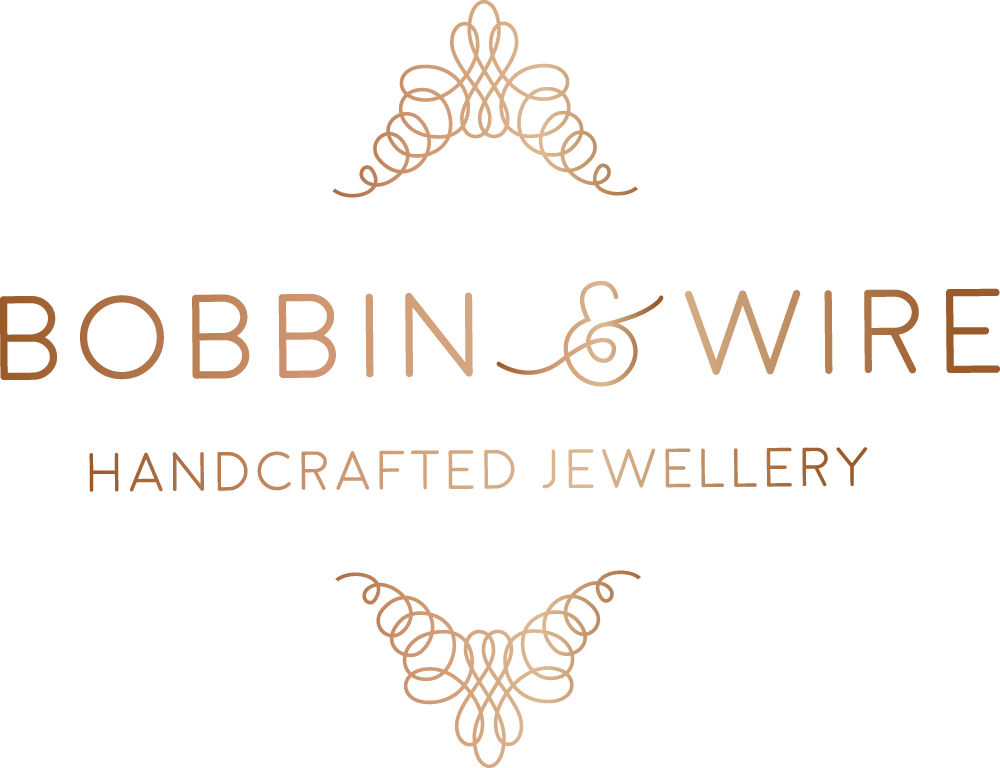Today’s world is fast paced and full of conflict or at least thats how I feel quite a lot of the time! There’s a demand to be “on” all the time and keep up with the steady stream of emails hitting our inboxes, to keep up with the steady stream of information we are bombarded with, to keep up with our never ending to do lists so it’s no wonder we all feel a little overwhelmed at times.
My antidote to this is to loose myself in my lace! Making lace is my therapy - bobbin lace is mostly a combination of twists and crosses and the patterns are repetitive so it’s easy to loose yourself in a lace pattern, the repetitive action of twisting and crossing threads or wire is very meditative. It doesn’t matter if the pattern is simple or more technical, when you are making lace you have to focus solely on what you are creating and be completely in the moment. There is no room for screens when you are in the zone or flow of creating. That’s not to say I don’t enjoy watching TV or a good box set whilst I’m making lace but you can’t look at your phone or laptop if your hands are full of bobbins and pins!
Making lace can also help with our tendencies towards perfection. Because we are human we will make mistake even after we have completed our 10,000 hours and become so-called experts in an area. The interesting thing about mistakes in craft work is that we tend to notice our mistakes when it’s unlikely no one else will. When you are making lace if you notice you’ve made a mistake you have two options, you could go back to fix the mistake or you could just decide to live with it. When you go backwards in thread lace you have the potential to weaken the thread which might lead to issues further on with threads snapping. When making bobbin lace with wire you have less options if you make a mistake as wire isn’t very forgiving at being reworked. If you do choose to reverse your wire you will need to gently straighten out your wire as kinks are made in the wire as you make lace. You need to consider reverse lace in wire very carefully as the wire you’ve gently manipulated will always be a little more fragile and prone to breaking. Often it’s not worth going backwards in wire and you learn to embrace and celebrate your mistakes and with time and practice you will find that you make less mistakes and you find ways to solve problems that come up.
We all want to create perfect works, but some of the most interesting hand made works aren’t perfect, and we love them for that very reason. We mustn’t let our search for perfection hold us back from making stuff.













